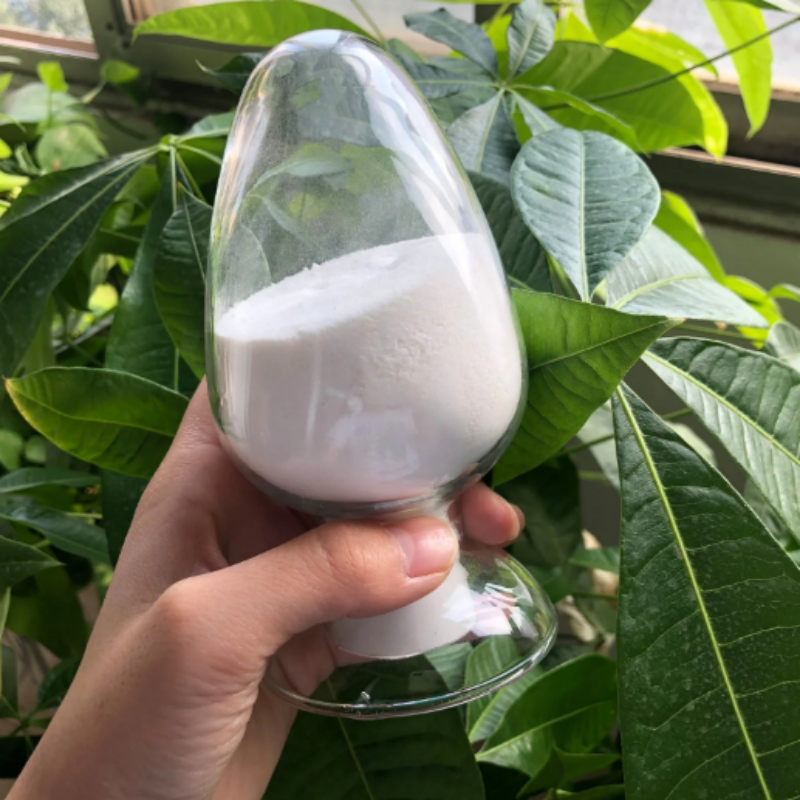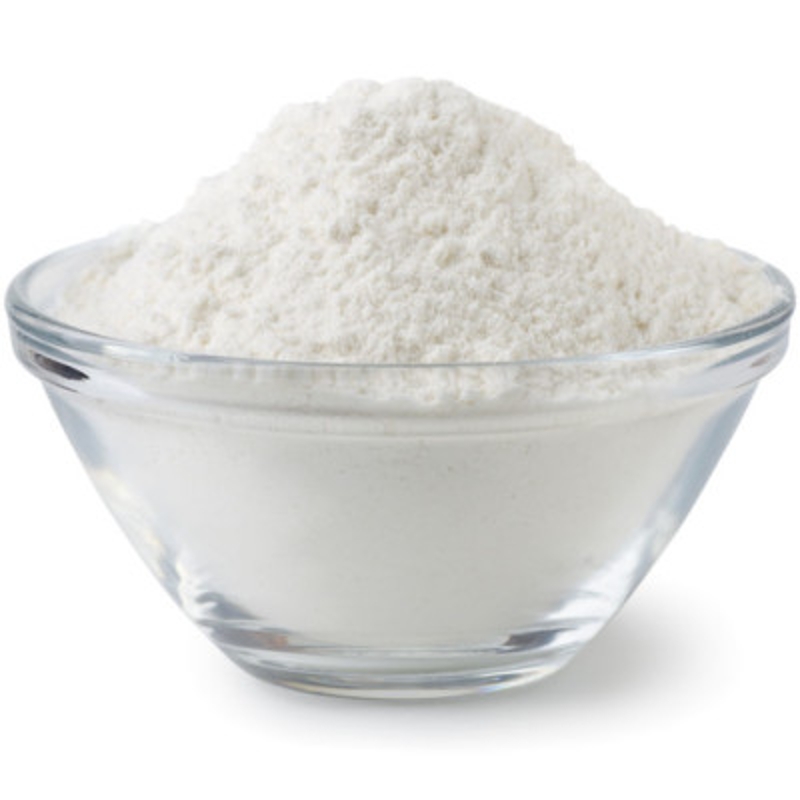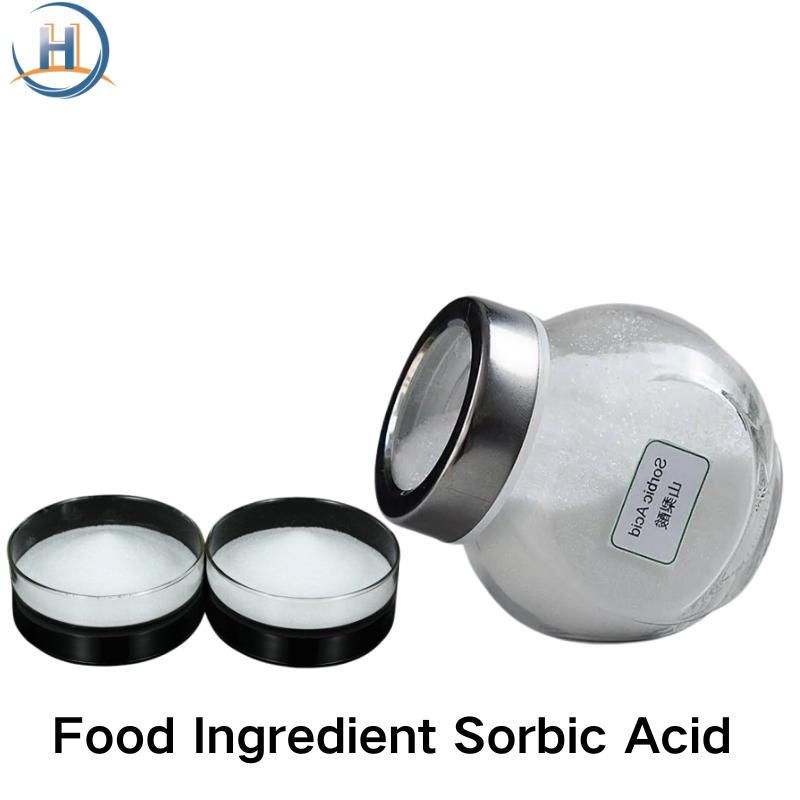-
Categories
-
Pharmaceutical Intermediates
-
Active Pharmaceutical Ingredients
-
Food Additives
- Industrial Coatings
- Agrochemicals
- Dyes and Pigments
- Surfactant
- Flavors and Fragrances
- Chemical Reagents
- Catalyst and Auxiliary
- Natural Products
- Inorganic Chemistry
-
Organic Chemistry
-
Biochemical Engineering
- Analytical Chemistry
-
Cosmetic Ingredient
- Water Treatment Chemical
-
Pharmaceutical Intermediates
Promotion
ECHEMI Mall
Wholesale
Weekly Price
Exhibition
News
-
Trade Service
With the continuous updating of people's healthy consumption concept, "salt reduction" food has attracted more and more attention from consumers and food companies.
What foods do "heavy" salt come from?
The fast-paced life has multiplied the pressure of contemporary young people, and eating "heavy-taste" food seems to be the easiest and quickest way to release pressure
Salt eaten in meals is the primary source
Snacks are also mostly invisible "big salt fields"
According to China's regulations on high-sodium foods, the sodium content in solid food exceeds 600 mg/100 g or higher than 30% NRV (nutrient reference value), and the sodium content in liquid food exceeds 300 mg/100 g or higher than 15% NRV Foods, which are "high sodium" or "high salt" foods
Surprisingly, huamei is the highest sodium content of all snacks, and the sodium content in a huamei actually reaches 5905 mg
Why is low-salt snack food slow to catch on?
The country has been calling for a low-salt diet, many food brands have launched salt-reduced foods, and the public has gradually recognized the importance of low-salt to health, but so far, no low-salt snack food has become a hit.
First of all, people's perception of the taste of "salty" comes from the stimulation of taste buds by sodium ions.
The explosion of "0 sugar" food and beverages relies on replacing sucrose with sugar substitutes, creating an attractive label
In addition, salt is essential for the preservation of salty foods, so reducing salt will also shorten the shelf life of processed foods
Second, the health benefits of low-salt are not intuitive, whether high-sugar or high-salt are potential health killers
In contrast, the harm caused by high-salt foods often takes decades or even decades to be perceived by consumers
"For production enterprises, reducing salt is not like reducing sugar, as long as you put less sugar or replace sugar
Actively explore the introduction of salt reduction programs
With the increase of consumers' awareness of salt reduction and the introduction of various relevant salt reduction policies and regulations, many food companies have joined the salt reduction action, and have carried the banner of "salt reduction", aiming to reduce salt.
Food companies are trying to start with the salt itself, changing its properties so that diners feel more salty with less
Three squirrels, Baicaowei, BESTORE and other domestic snack companies have successively launched children's snacks to lay out the market.
Salt-reduced food expects an "inflection point"
In fact, in China, the work of "salt reduction" has been implemented in recent years
.
It is understood that in 2016, the former National Health and Family Planning Commission launched the “Three Reductions and Three Health” special actions nationwide, namely reducing salt, oil, sugar, healthy mouth, healthy weight, healthy bones, and further promoting the health of the whole people.
Formation of a way of life
.
At the same time, in the "Healthy China 2030" Plan Outline, it is proposed that by 2030, the national per capita daily salt intake should be reduced by 20%
.
The National Nutrition Plan (2017-2030) also proposes that by 2030, the national per capita daily salt intake will be reduced by 20%
.
In April 2018, the Chinese Society of Nutrition and the Institute of Nutrition and Health of the Chinese Center for Disease Control and Prevention jointly launched the "Guidelines for Salt Reduction in China's Food Industry", suggesting that food companies, as practitioners of salt reduction work, should achieve the goal of salt reduction in stages and strive for In 2030, the average distribution of sodium content in various processed foods will continue to decline by 20%
.
With the implementation of China's first "General Requirements for Children's Snacks", low-salt snacks may usher in a trend
.
The "General Requirements for Children's Snacks" proposes regulations that reduce added sugar, salt and oil in children's snacks, and requires the specification of sodium chloride, sucrose, and fat limits
.
According to industry insiders, compared to conventional snacks, children's snacks are easier to shape and accept in terms of "salt reduction", and may become an important market segment for "salt reduction" snack foods in the future
.
Industry analysts said that although the current sales of salt-reduced food are not satisfactory, salt reduction will become a trend in the development of the food industry
.
With the improvement of people's health awareness and the popularization of scientific knowledge, salt-reduced food will be recognized by more and more consumers, and its market share will surely usher in an "inflection point" of significant growth
.
(Comprehensive arrangement by Peng Zonglu)
"China Food News" (April 27, 2021 Edition 07)
(Editor-in-charge: Peng Zonglu)







